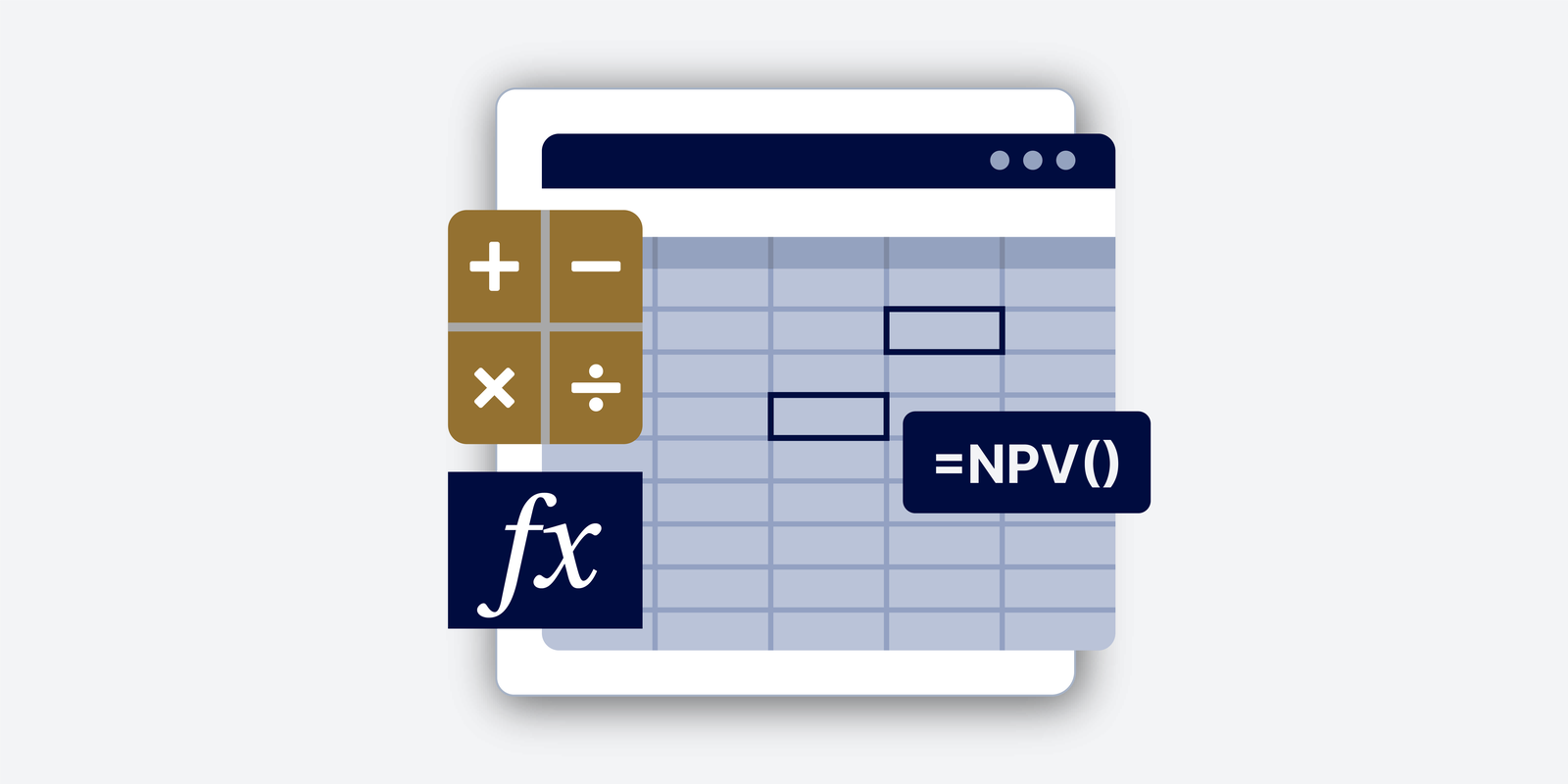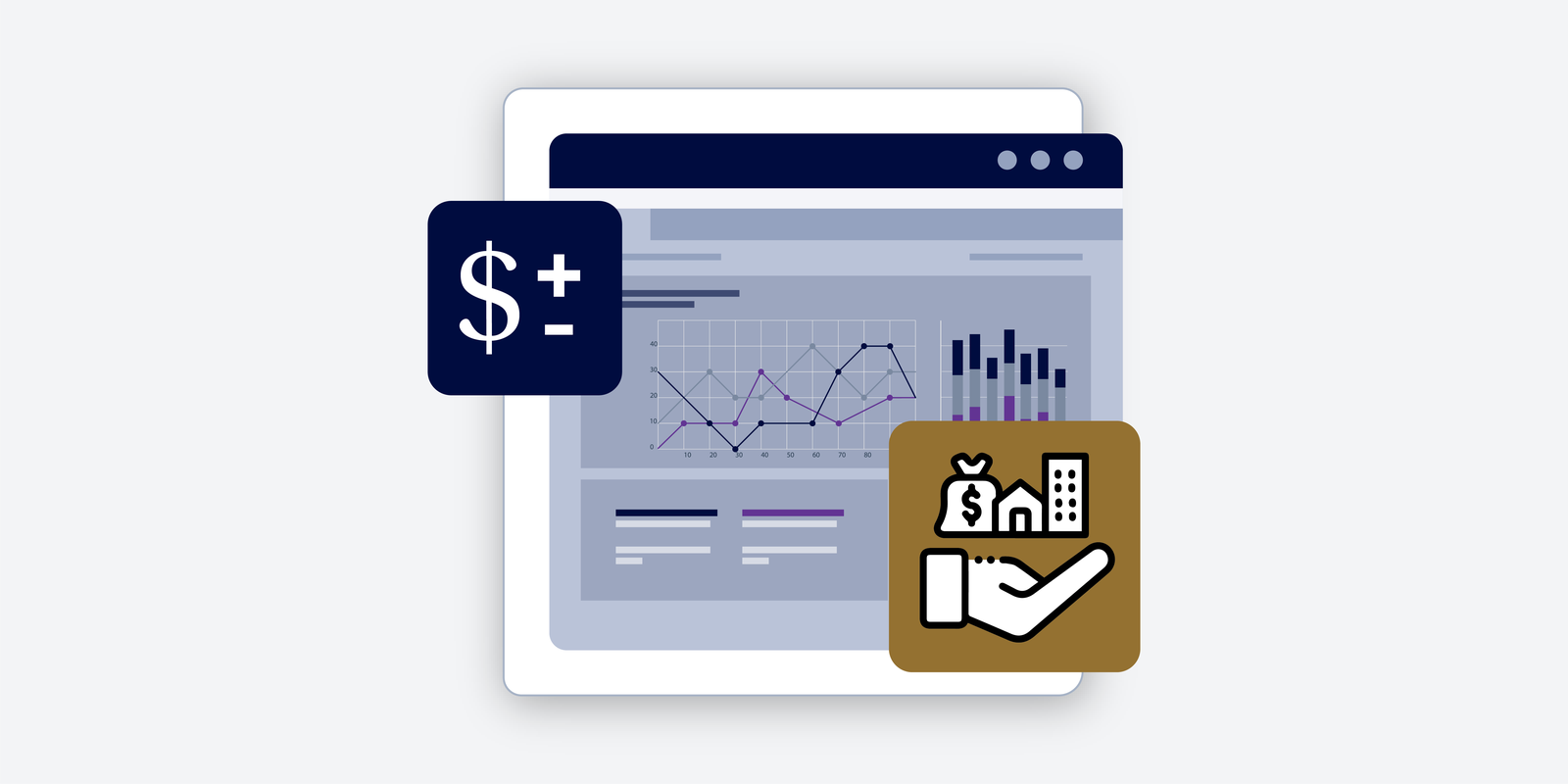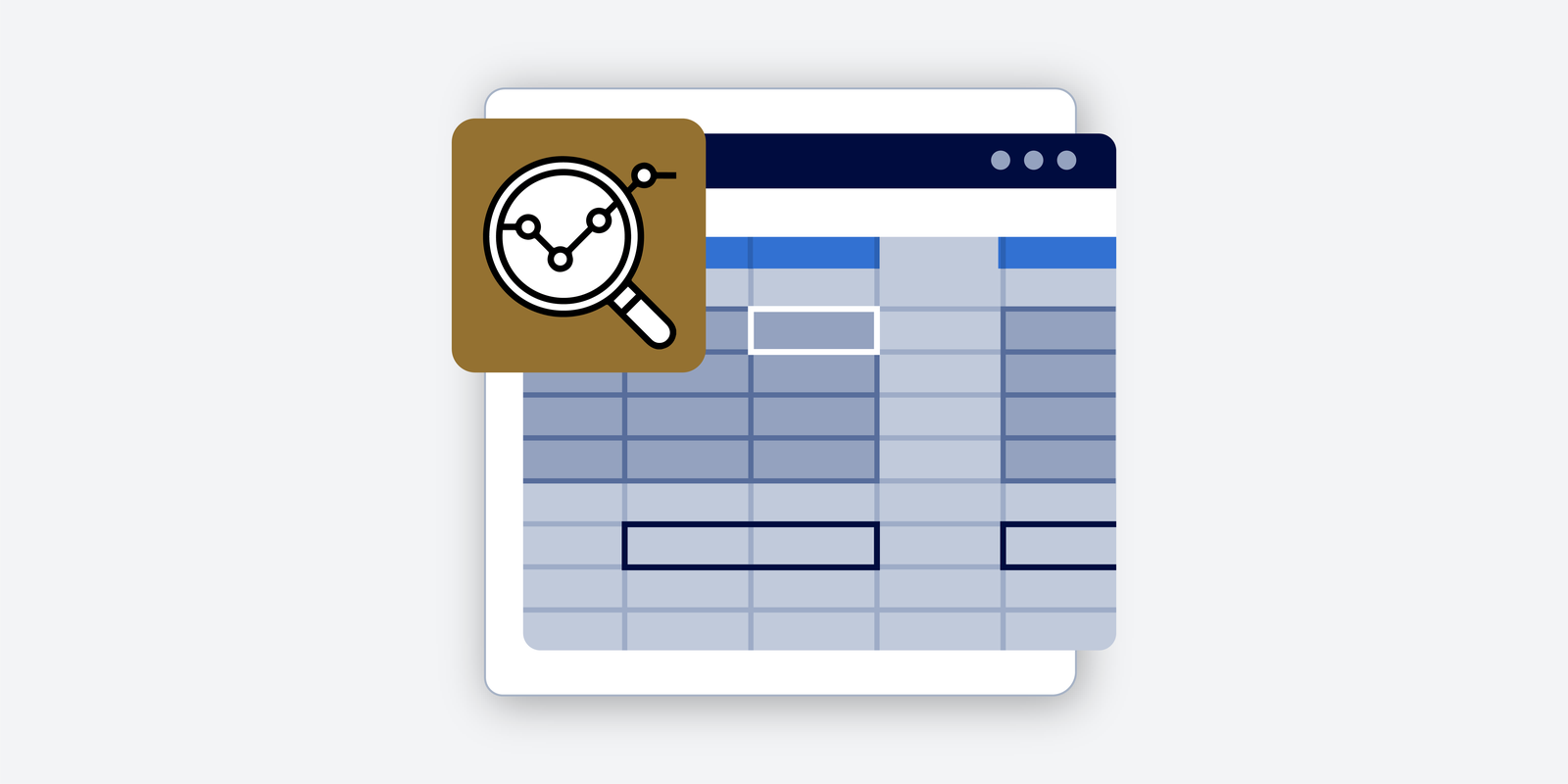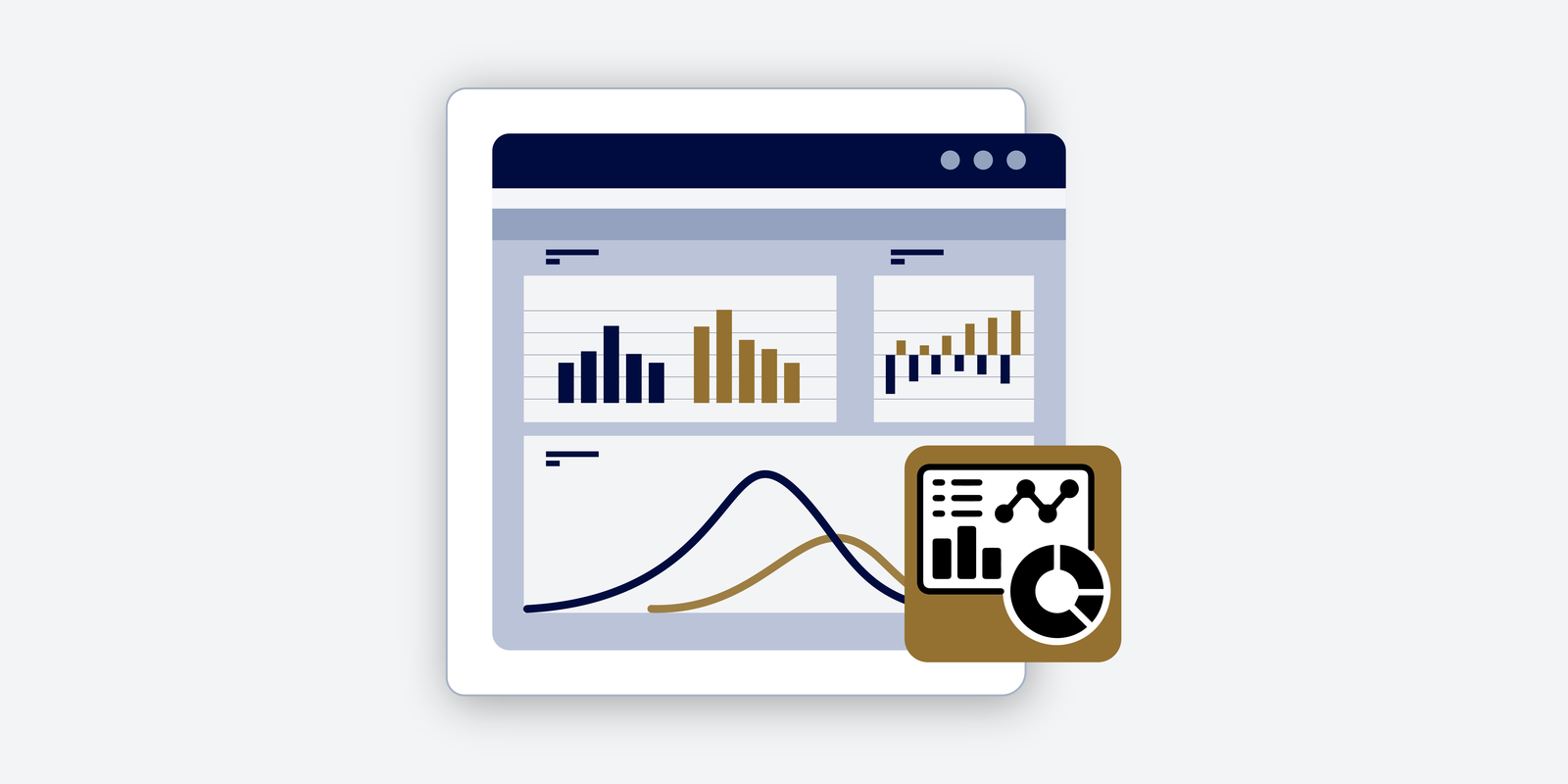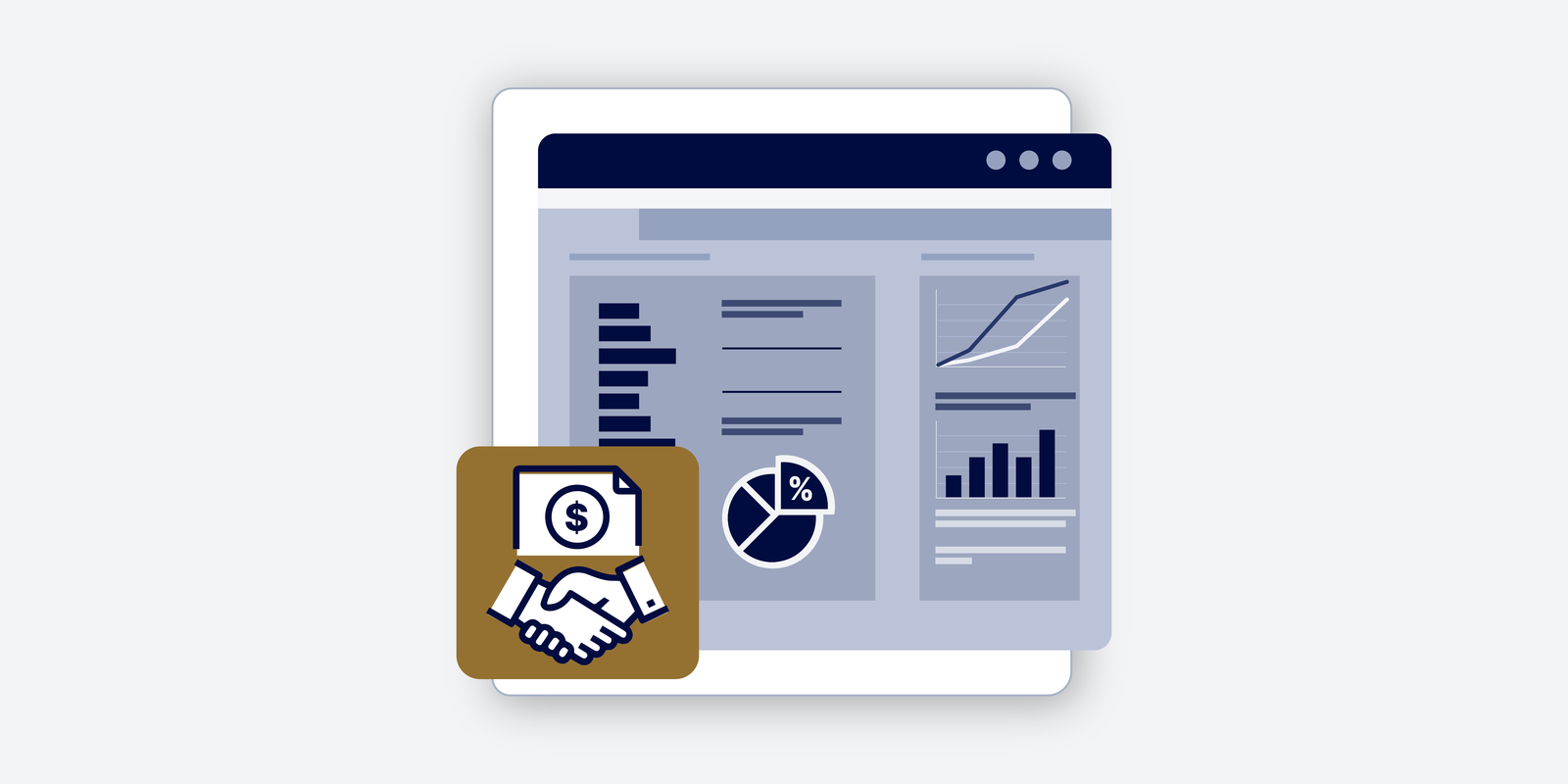What’s New at CFI | Interest Rate Swap
Interest Rate Swaps Masterclass: Modeling SOFR & The End of LIBOR
The Interest Rate Swap (IRS) market, the biggest derivative contract in the world, has undergone a massive overhaul. LIBOR is gone, and the way plain vanilla swaps are traded has changed dramatically.
Join us to discuss the new Interest Rate Swap course, which fully reflects these 2025 market realities and provides the up-to-date, essential knowledge you need.
This episode covers:
- The LIBOR Revolution: Why the global benchmark was discontinued and how the industry pivoted to new Alternative Reference Rates (ARRs) like SOFR, Sonya, and ESTR.
- OTC vs. Exchange-Traded: The fundamental shift in how swaps are traded, moving from private Over-the-Counter (OTC) negotiation to regulated Swap Execution Facilities (SEFs), introducing daily margin calls and mark-to-market.
- Hands-On Modeling: You will learn to bootstrap forward rate curves to determine implied forward and zero rates, and model the valuation of a swap’s fixed and floating legs.
- Real-World Application: We walk you through modeling a real-life SOFR swap using actual market data examples (Refinitiv screens), providing you with practical, up-to-date skills.
Master the most critical product in the derivatives market and ensure your knowledge is current with the post-LIBOR financial landscape.
Transcript
Meeyeon (00:00)
Hi everyone and welcome back to another episode of What’s New at CFI, the series where we talk about literally what is new, all the newness and goodness at CFI. Today I am joined by the one and only Ryan Spendelow, and we are talking all about interest rate swaps, IRS in short, not the U.S. Internal Revenue Service, but interest rate swaps. And this is a topic that I think is…
It’s always been very, very popular, especially when you start off in capital markets, people, the word swaps, right? It’s so cool, it’s so mysterious, but it doesn’t need to be that intimidating and that mysterious. And so we have this course on it, and we’re gonna talk to you about why we made it, what makes the course different, and so much more so that you can take this course. ⁓ Now, the first question that I’m gonna ask is no surprise here.
Why did CFI create this new interest rate swap course? And why is it important for all of those current and aspiring finance professionals right now to take it?
Ryan Spendelow (01:05)
Yeah, it’s a great question to kick off the discussion, Meeyeon. So the interest rate swap market has changed a lot since the global financial crisis. And we actually did have a course on interest rate swaps. So this is a refreshed course that we’ve kind of broken apart and we’ve built again because, as I said, the swaps landscape has changed a lot.
One of the biggest changes in the swap landscape, or the interest rate swap landscapes particularly, as well as a lot of the derivative markets, is that there is no more LIBOR. So LIBOR ceased to exist. It was slowly phased out by global regulators. It started being phased out back in 2019, and by early 2024, it was completely phased out.
So we had a lot of legacy contracts and straight swap contracts that were based on LIBOR. But now, now that LIBOR doesn’t exist, we have these new alternative reference rates that have been created that the derivative markets particularly use as their benchmark interest rates. So our original CFI and straight swaps course reference LIBOR because when we created that course, LIBOR was still a very important and straight benchmark.
So now that that’s changed and LIBOR no longer exists, we have updated our swaps course to reflect the current interest rate benchmarks that are used for not only interest rate swaps, but trillions of dollars worth of other derivative contracts. The other thing that’s really changed a lot in the interest rate swap market is that we focus on plain vanilla interest rate swaps. Now, not wanting to put you on the spot, but I know that you’re an XDCM person. What’s a plain vanilla interest rate swap me on?
Meeyeon (02:56)
My gosh, how do I actually know how to respond to this?
Ryan Spendelow (02:59)
You can do it.
Meeyeon (03:01)
Switching cash flows speaks for floating.
Ryan Spendelow (03:02)
Fix for floating, it’s been a while since you’ve done it, but yeah, you’re exactly… No, it’s not, it’s sometimes, yeah, it’s not a trick question at all, you’ve got it bang on. So this particular course focuses on plain vanilla and straight swaps. And as you have quite rightly said, that’s when two parties exchange a fixed float, fixed and straight for a floating straight. So you’ve passed the little test.
Meeyeon (03:05)
It’s been such a long time, I’m like, is that a trick question?
Thank God. Keep in mind, I’m very rusty with it. For me, liveware is iconic.
Ryan Spendelow (03:32)
I know, I know.
It’s massive changes, right? Which is why we’ve changed this. We’ve had to refresh and update this course to reflect the interest Swap Market in 2025. But not only has the reference interest for interest Swaps moved from LIBOR to these alternative reference rates like SOFA and Sonya and ESTA, the way that plain vanilla interest Swaps has also changed because they used to over the counter.
If a party wanted to enter into an interest swap, they’d have to phone up their interest swap dealer, get their quotes, phone up another interest swap dealer, get their quotes, and do it again and find the swap dealer that will give them the best price for that swap. And they used to click collateral, they used to post collateral, used to be negotiated between parties, all that kind of cool, funky stuff that you do in over-the-counter markets. Now…
plain, but in straight swaps are more like an exchange traded contract. They trade on swap execution facilities. They have initial margin. They their mark to market every day. They have daily variation margin. They have some other things like things called price alignment interest, which because not all swaps do trade in this way. Some of them still trade over the counter, but in very specific cases.
So the way that swaps trade has changed a lot since the, you know, in the last five or six years. And so this course now reflects all those changes in the InstractSwap markets. And because InstractSwaps are the biggest type of derivative contract out there, the derivative market is larger than the global stock market and the global bond market combined. And the derivative market, the biggest single…
derivative contract that you will find at interest rate swaps. So it’s a hugely important area for anybody interested in finance.
Meeyeon (05:29)
And it is a hugely important area of finance, but it is also, think, one of the most intimidating ones. There’s lots of variations of different types of swaps. We’re going through the straight finale here, but it’s a general topic that I find that people are very intimidated by. What makes our CFI course different from the typical interest rate swap trading available that’s on the market?
Ryan Spendelow (05:51)
Yeah, that’s another really great question. One of the key things is we’ve refreshed and updated this course as of right now. So it reflects the most up-to-date current market way that swaps traded, priced, and valued. And a lot of courses that out there, a lot of courses that you’ll find online …
or if you enroll in even face-to-face training. They still use examples based on using LIBOR, believe it or not, which is a real shame for people. But what makes our course different, I think, not only that it reflects how swaps trade right now, is that we take people from explaining why swaps have changed, so why was LIBOR discontinued?
what makes alternative reference rates such a better interest rate benchmark. We go through the fundamentals of interest rate swaps, but then we open up LIBOR and we actually model interest rate swaps. We model a simple interest rate swap so we get to understand how forward rate curves, how bootstrapping, how zero rates work and how they contribute to value in a swap.
but in a very accessible way. And then once we’ve mastered that, we then look at a real life sofa swap. Secured overnight financing rate, as many of our listeners will know, it’s the current benchmark for US money markets. We use a Refinitiv screen, we use an actual real life swap, and we model the cash flows from that swap before moving on to looking at how swaps trade in the market today. So even if you’re new to the swap market, so long as you’ve taken the prerequisite courses,
And the prerequisite courses for this are Massive Finance Professionals and Derivative Fundamentals. So long as you’ve taken those courses, you can move from a fairly kind of novice level to somebody that’s gonna really impress your finance mates by talking about swaps at a really high level.
Meeyeon (07:59)
And could you walk us through maybe like one or two hands-on skills that learners are going to take away from this course?
Ryan Spendelow (08:04)
Yeah, I might have given away a little bit in my previous answer, but let me go back. I’ll dig into one of those answers a little bit more. one really important skill is that learners will be given the swap contract specifications. They will be given a forward rate curve, a simple forward rate curve, and they will be able to bootstrap that curve.
Meeyeon (08:07)
Yeah, get your little preview.
Ryan Spendelow (08:30)
to get the implied forward rates, the implied zero rates, and the implied discount factors, and actually model the floating leg of a swap, and then find the fixed leg of the swap that makes that swap fairly valued at inception. And that’s a pretty cool thing to impress your friends when you’re out and about talking about finance.
The other key thing that they’ll be able to take away from this course is that they will be able to talk confidently about how swaps actually trade today because when swaps traded over the counter, there’ll be periodic cash flows, maybe when coupons had to be paid or when collateral had to be posted. Now, cash flows happen every single day. There is daily variation margin, there is price alignment interest, there is the intermittent coupon payment that has to be made, and all of these contribute to what the daily
cash flow movements of an interest rate swapper between two parties. And so learners will be able to go away, talk confidently about this and really be able to demonstrate that they have up-to-date knowledge about how the interest rate swap market works today.
Meeyeon (09:36)
And I was going to ask you, what part of the course are you most personally excited for and why? But I think you’ve largely answered that with everything that you’ve just talked about. So I think I’m going to answer it. What am I most personally excited about? So I have been out of the industry swap market for, as you may have been able to tell, for a long time. But it has had a dramatic facelift, I think, to say the least.
Ryan Spendelow (09:46)
Okay.
Meeyeon (10:04)
And I think I’m most excited about just learning about the new benchmarks, why they’ve chosen them, why they’re different and why they’re so much more effective. And to also understand the idea of interest rate swaps being available on an ex like largely an exchange. I’m so used to them being available only at, you know, the swap desk, so to speak. But I think that’s going to be a really exciting course because I can’t think of another product that has had such, such a large overhaul in the past five years.
Ryan Spendelow (10:36)
Yeah, it is hard to think of another type of product that has changed so much since the global finance crisis. The one that might get close to it are credit default swaps and the way that they’ve changed, but I think the interact swap markets, as you say, has gone under even more larger fundamental changes than that.
Meeyeon (10:54)
So I am ready to take the latest and greatest interest rate swap course. I hope that what we’ve talked about has sparked your interest in learning more about the most recent developments in the swap market and that we will see you in that course. Until next time, see everyone later.
Ryan Spendelow (11:11)
Hey everybody, thanks.
